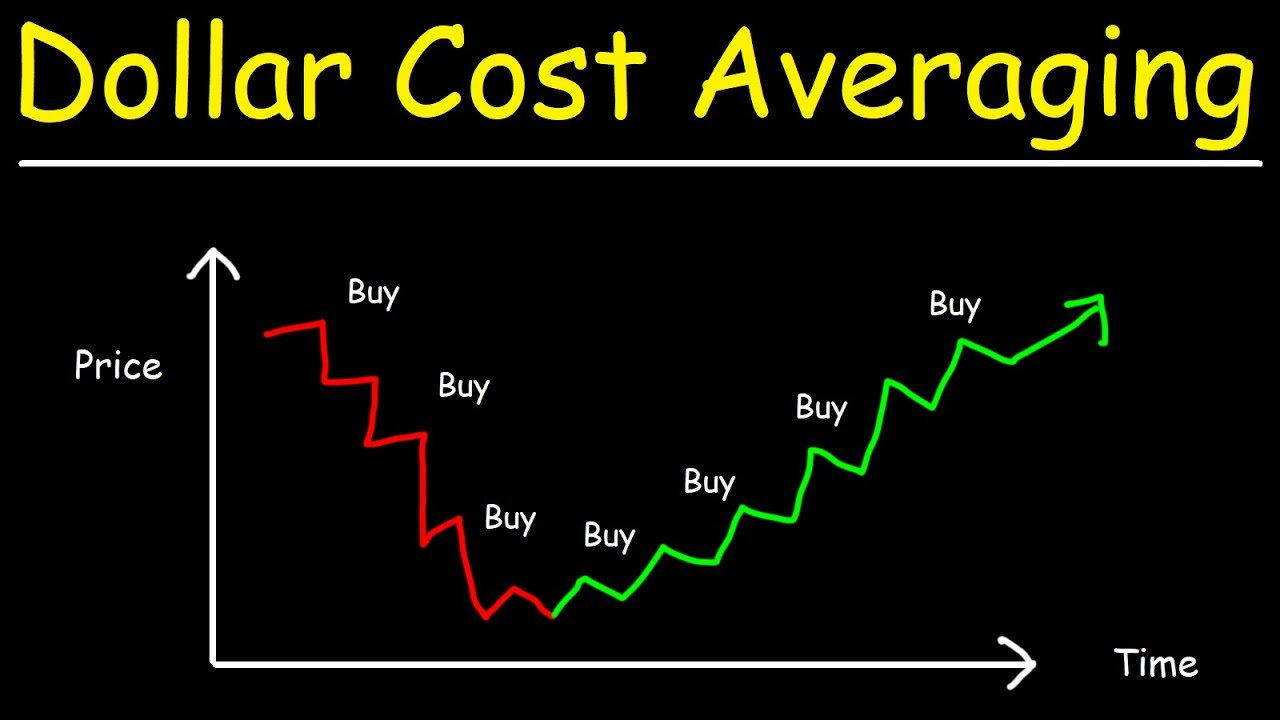👑 The Secret Of The Rich
Asset Allocation 101 - Part 2
Hi Partner 👋
Welcome to this week’s 📈 paid edition 📈 of Compounding Quality. Each week we talk about the financial markets and give an update on our Portfolio.
In case you missed it:
Subscribe to get access to these posts, and every post.
What is the secret behind every wealthy person's success?
They make the right capital allocation decisions.
This article will teach you everything you need to know.
Today, we’ll answer the following questions:
How to think about Portfolio Allocation?
How do you determine the initial weight of a starting position?
Maximum weight of every position within the Portfolio
When to add to existing positions?
What if you have a huge amount to invest/are new to Compounding Quality?
How much cash should you keep on the sideline?
How to think about diversification
What do you think about Foreign Exchange (FX) Risks?
What if the stock (market) declines heavily?
What do you think about performance?
Take your personal circumstances and preferences into account
Portfolio Allocation
Here are the essentials of our investment philosophy:
✅ The portfolio will invest worldwide (developed countries only)
✅ We’ll own 15-20 stocks
✅ The portfolio aims to invest in the best companies in the world
✅ We won’t trade a lot. Activity and costs harm our results
✅ We won’t try to time the market (I’m way too dumb for that)
✅ The characteristics of companies in the portfolio:
Sustainable competitive advantage
Integer management with skin in the game
Healthy balance sheet
Low capital intensity
Good capital allocation
High profitability
Plenty of reinvestment opportunities
Trading at fair valuation levels
How do you determine the initial weight of a starting position?
When a new stock is added to the Portfolio, we use a starting weight of 3-6% of the total value of our investments (depending on our conviction).
To determine the starting weight, we give each company a Quality Score based on these 15 metrics:
The higher the Quality Score (and thus conviction), the higher the initial weight of the company.
In the Portfolio Spreadsheet, you can find an overview of all the Quality Scores of the companies we own.
Maximum weight of every position within the Portfolio
We tend to let our winners run.
And we will own 15-20 stocks within Our Portfolio.
This also means that the weight of certain companies can grow to a significant percentage.
I would not mind if a certain company grows to more than 10% of Our Portfolio.
The best investor is a dead investor and I want to live to this mantra.
Will we add to existing positions?
Yes, we will.
Currently, the Portfolio is still in the build-up phase.
Once we are fully invested, we will consistently add to existing positions (at least once per month).
The beautiful thing about this?
You buy more shares when stocks are priced cheaply and the other way around.
Life is beautiful. As an optimist, you always win:
When stocks go up, your Portfolio goes up in value
When stocks go down you can add to your current positions at cheaper prices
We love to keep adding to wonderful companies at lower prices.
What if you have a huge amount to invest/are new to Compounding Quality?
Do you answer ‘Yes’ to one of the following statements?
I am making the switch from a passive to an active investing strategy
I received a significant cash amount I want to invest
I just joined Compounding Quality and I don’t know which positions to buy first
In that case, this section is for you.
If you have a significant amount to invest, I would recommend gradually entering the market.
When you have $100,000 to invest, you can buy stocks for $5,000 per month for 20 months straight for example.
By doing this, you avoid the risk that you invest everything today and the stock market crashes by 30% next month.
If you just joined Compounding Quality, it might also be a good idea to gradually enter into the positions we already own (if that’s what you prefer after doing your own homework).
Each month we update Our Portfolio and you can also find a Best Buys list.
For every company we own, there is a recommendation (Strong Buy - Buy - Hold - Sell):





